Hyped-up Science Erodes Trust. Here's How Researchers Can Fight Back.
Science is often poorly communicated. Researchers can fight back.

Send us a link
Science is often poorly communicated. Researchers can fight back.

If you are an early career scientist looking for ways to get involved with advocacy, or a faculty member who wants to engage your students in the role of science in democracy, the Science for Public Good Fund is for you. We want to support the next generation of science advocacy leaders today.
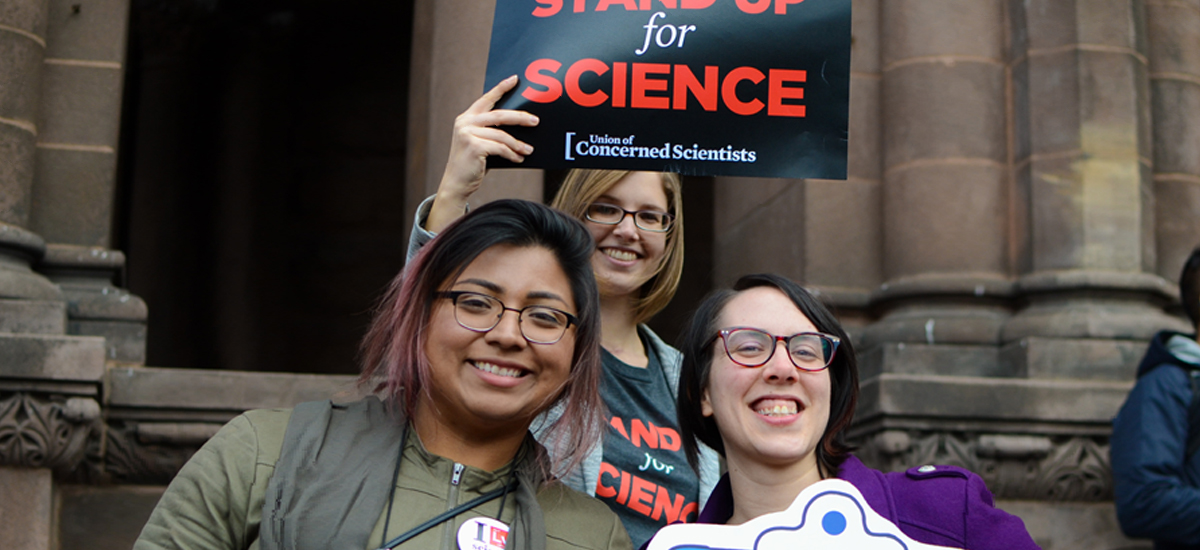
We need to let non-scientists know that science isn't based on "proof," but rather on the practice of testing and checking one another's work.

David Goodsell's scientifically precise watercolor paintings of the cells and microbes he studies grace journal covers and impress colleagues.
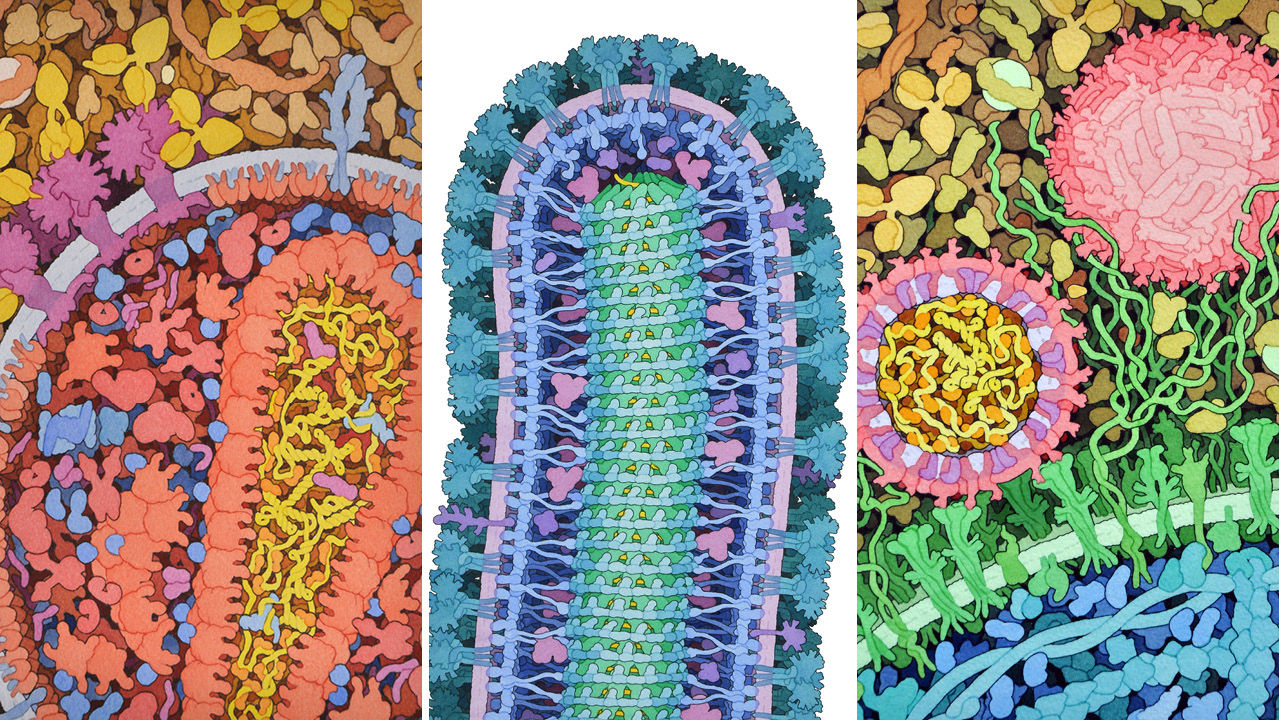
The World Conference of Science Journalists 2019 will be taking place in Lausanne (Switzerland) from 1-5 July 2019.
An introduction to scholarly communication for sociology, intended to help sociologists in their careers, while advancing an inclusive, open, equitable, and sustainable scholarly knowledge ecosystem.

According to 3M's State of Science Index, 45% of people said they only believe science that aligns with their personal beliefs.
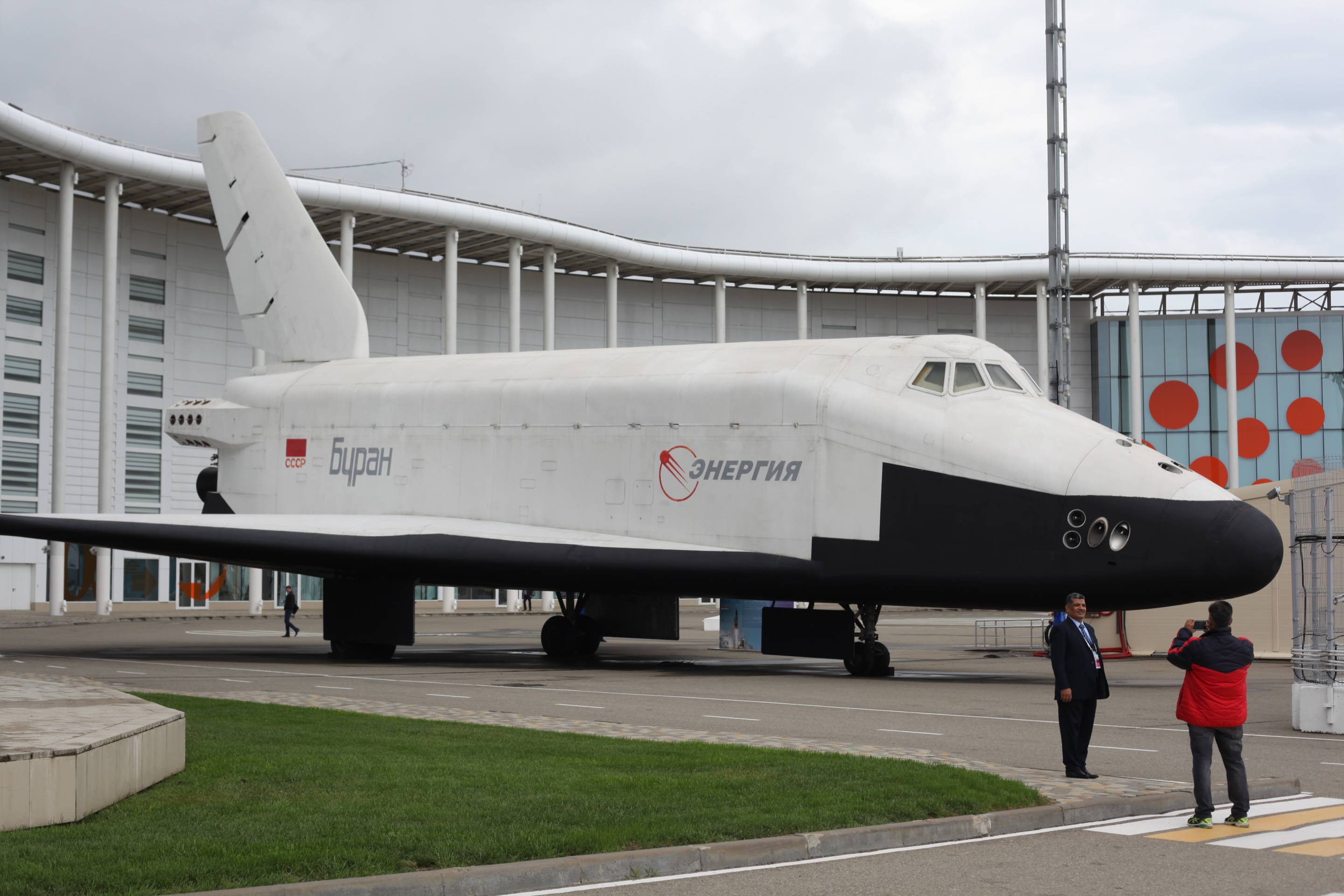
Advance knowledge in service of equitable and open scholarship is the mission of the Center for Research on Equitable and Open Scholarship. CREOS seeks evidence about the best ways disparate communities can participate in scholarship with minimal bias or barriers.
The Report of the Expert Group to the European Commission proposes a vision for the future of scholarly communication. It examines the current system and its main actors and puts forward recommendations.
Science and scholarship are critical to improving our lives and solving the world’s most intractable problems. The communication of research, a vital step in the research process, should be efficient, effective and fulfill the core values of scholarship.
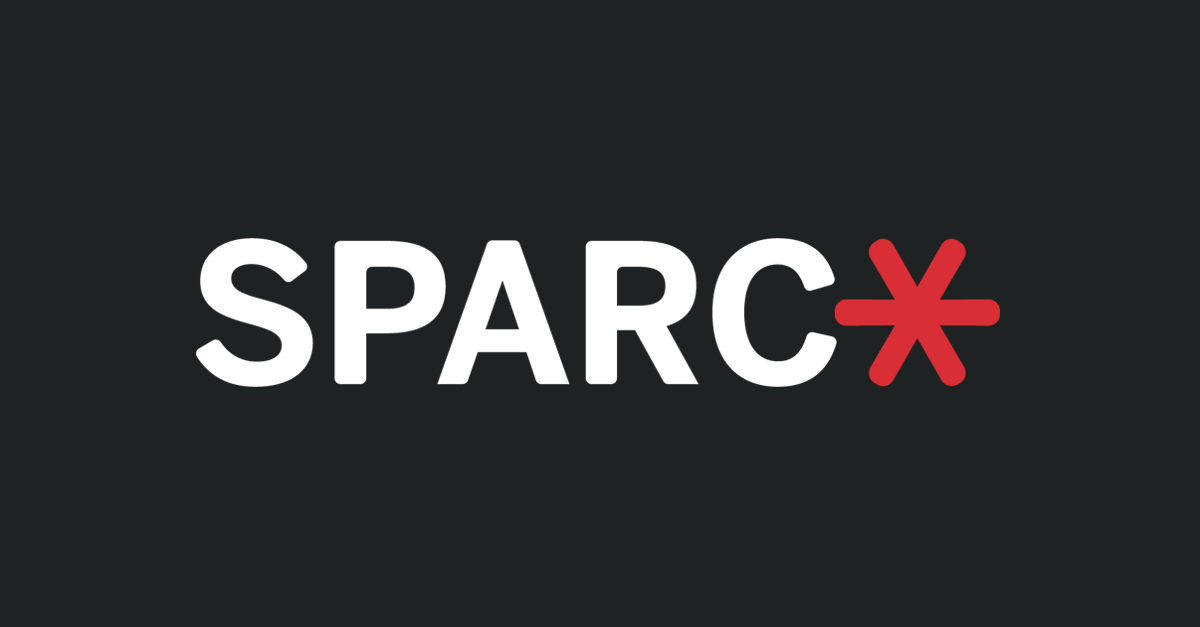
People often suffer from an 'illusion of knowledge,' write the authors of a new study that finds that people who hold the most extreme views about genetically modified foods know the least.

Proposals to fight malaria by "driving" genes that slow its spread through mosquitoes is a high-risk, high-reward technology that presents a challenge to science journalists, according to a new report aimed at stimulating a fruitful, realistic public discussion of "post-normal" science and technology.
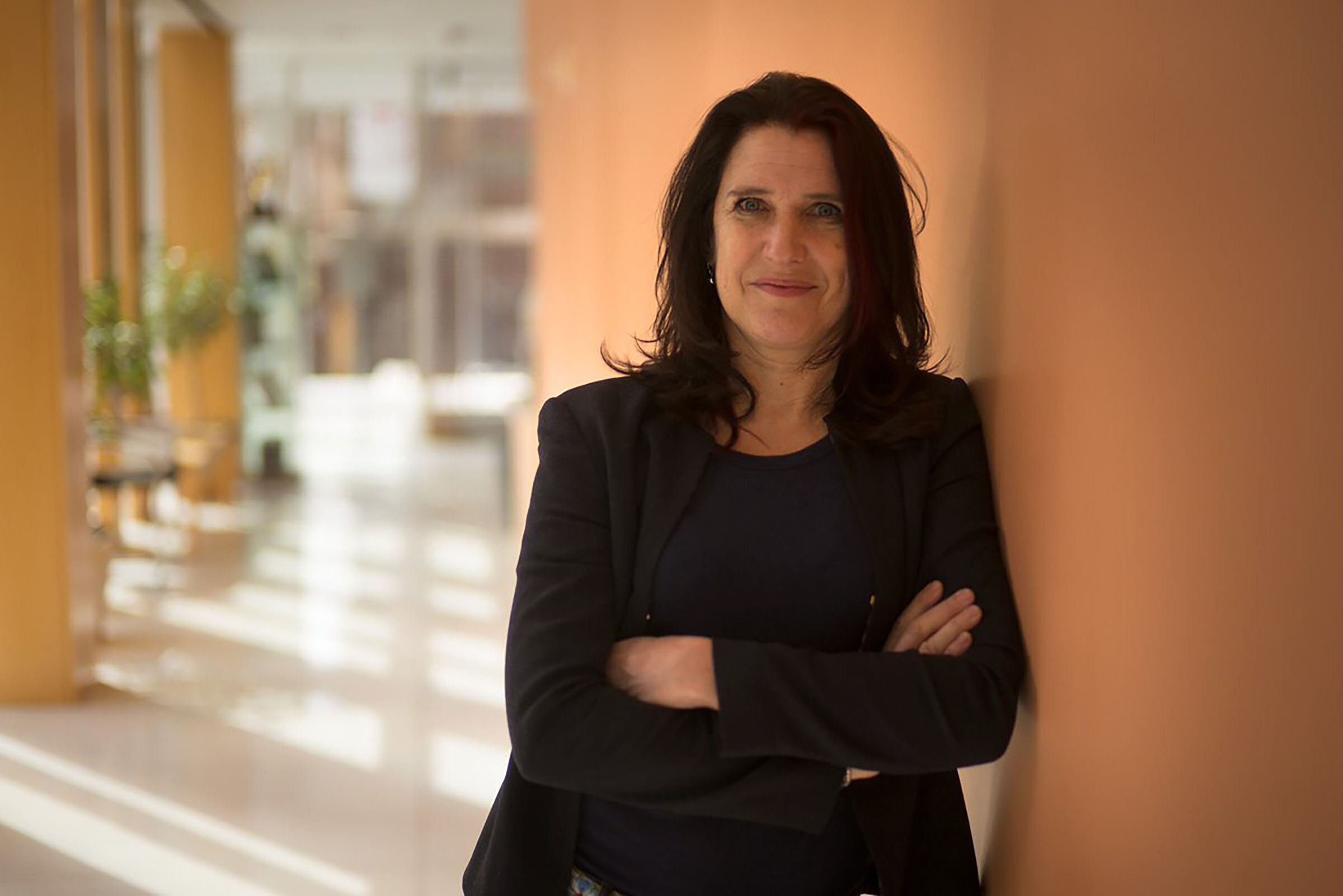
The author argues that the two biggest forces driving change in the scholarly communication landscape are consolidation and regulation. By consolidation, he means that there’s a now constant cycle of mergers and acquisitions, reducing the number of independent players in the market. By regulation, we’re talking about the increasing number of rules and the compliance burden being put on researchers.

Much science communication research focuses on how science is represented and how science communication products are consumed. This article instead explores the production of a set of science communication projects, arguing that actor-network theory (ANT) can be one possible tool for such research.
A new study suggests that scientists must embrace not fear Twitter.
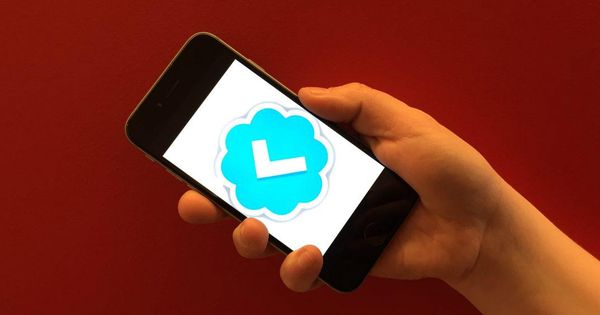
The appropriation of genetic research by those with extremist views on race has scientists grappling with how to respond.
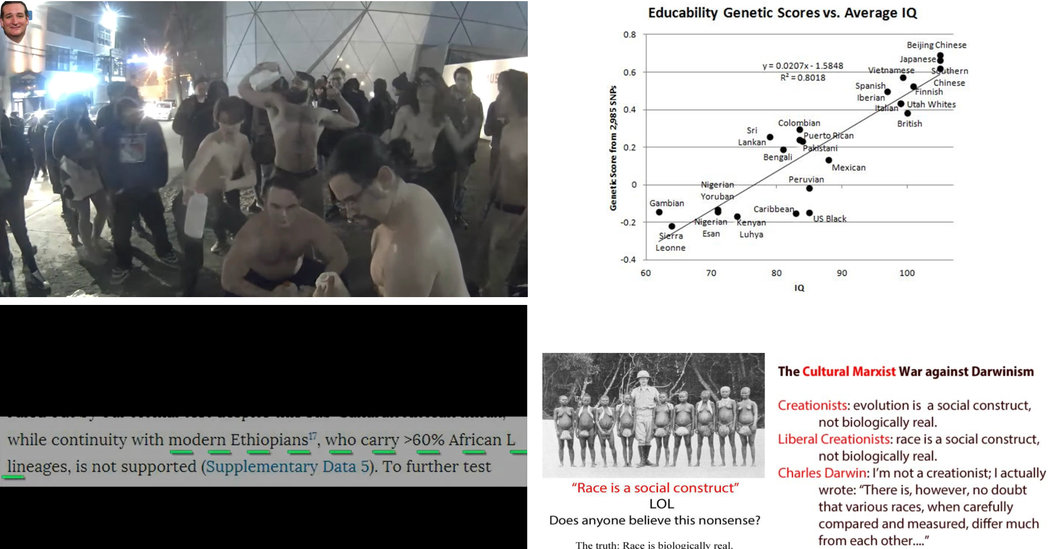
Has journalism and science communication crossed a line?
Icons for websites and organisations related to academia that are often missing from mainstream font packages. It can be used by itself, but its primary purpose is to be used as a supplementary package alongside a larger icon set.
Journalists covering crime or education are not typically expected to have a degree in those subjects. But science journalism is often considered a more technical and knowledge-heavy beat. This article examines advantages and drawbacks of becoming a science reporter from a variety of backgrounds.

Universities need to rethink how they evaluate academics for promotion.

On 1 February 2018, the National Center for Biotechnology Information (NCBI) announced the discontinuation of PubMed Commons, citing usage that had been “minimal, with comments submitted on only 6,000 of the 28 million articles indexed in PubMed.” Although sparse,
Podcasting can offer personal and professional benefits for researchers who want to dive in.
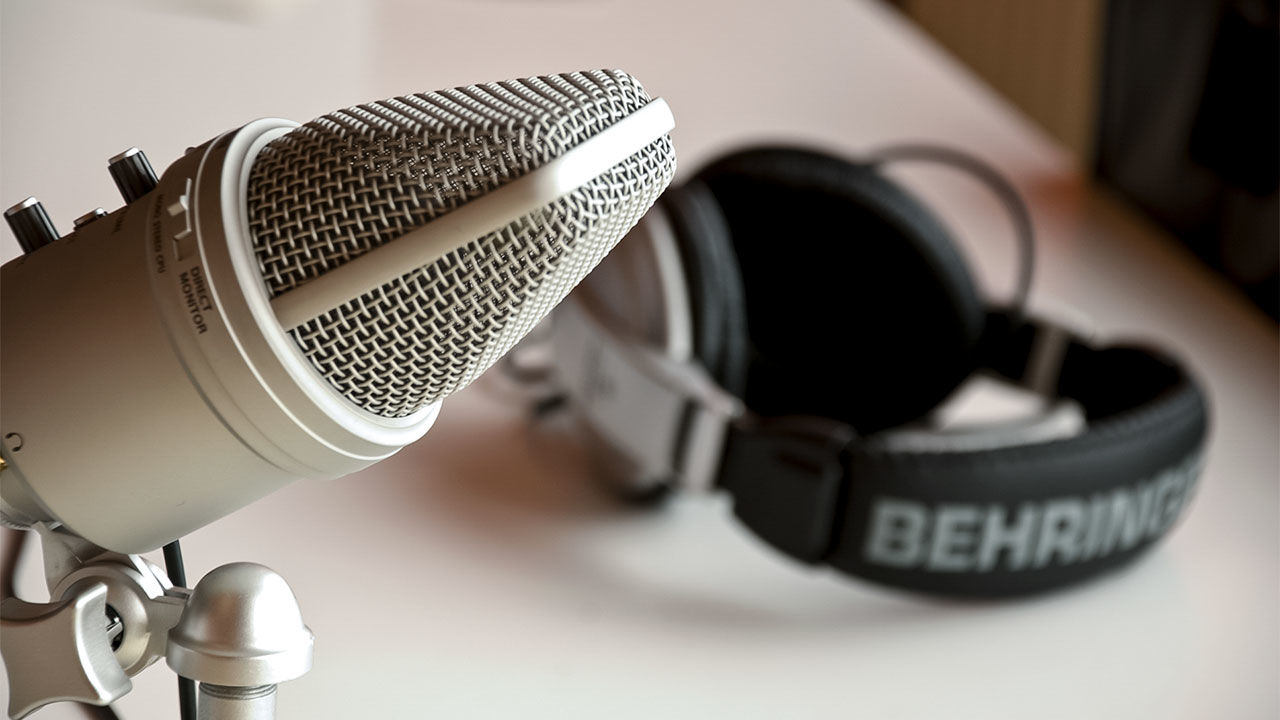
A scientific study of the importance of diagrams to science
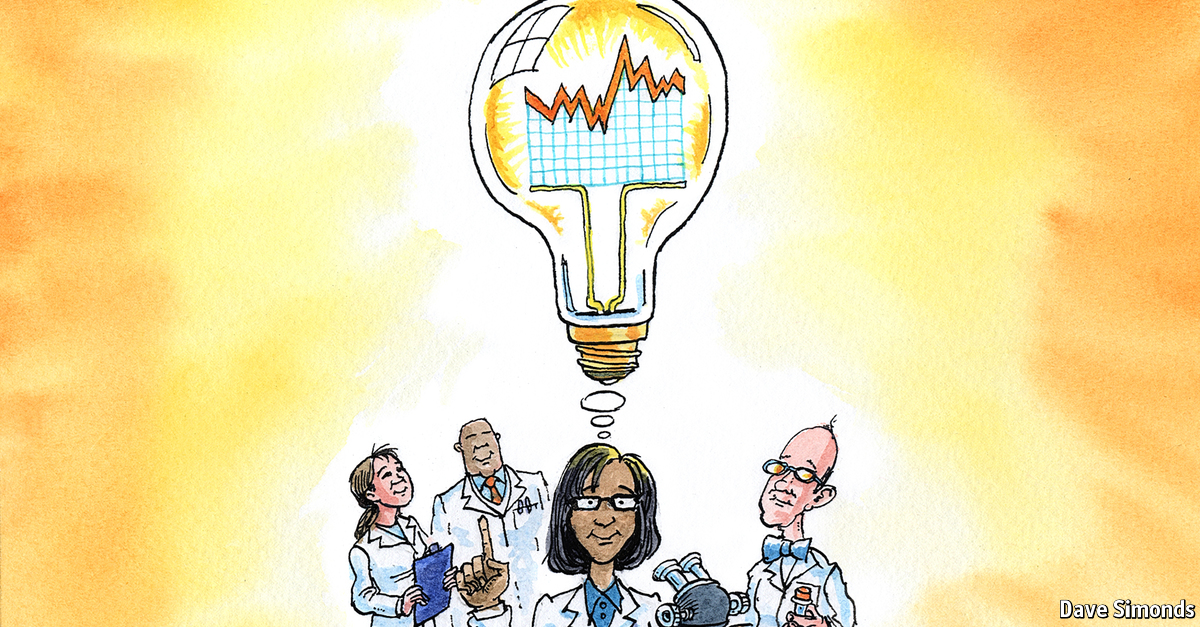
A science writer challenges the sceptics community to move beyond tackling just ‘easy’ issues.

Why is it so frustrating and difficult to talk about scholarly-communication reform, and why do those conversations seem to involve virtually all members of the scholcomm ecosystem?

Video, podcast and summary.

An essay by the Pulitzer-prizewinning science journalist Deborah Blum.

Science communication should be more than the dissemination of results to the public; it should also flow in the other direction, with members of the public able to communicate their priorities to scientists and those who fund them. But how?
Science communication should be more than the dissemination of results to the public; it should also flow in the other direction, with members of the public able to communicate their priorities to scientists and those who fund them. But how?